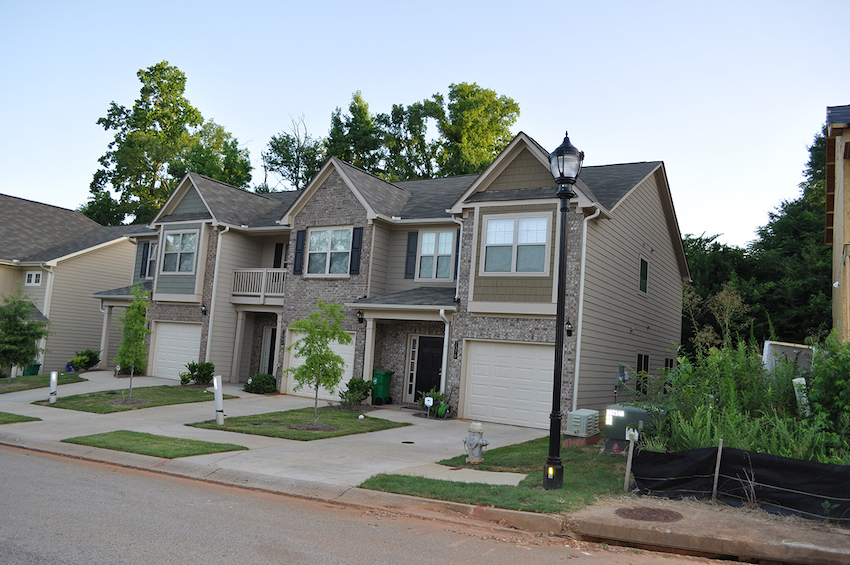How New Barrier Technology Addresses Multifamily and Light Commercial Projects
Learning Objectives:
- Describe how 360-degree drainage barrier technology promotes durability and sustainability by improving the building envelope.
- List five tests for which these new barrier technologies have successfully met standards.
- Explain how better air barriers lead to occupant health and sustainability.
- Discuss the issue of surfactants and how new barrier technology avoids them, offering a more sustainable project and better occupant health and well-being.
Credits:
This course is approved as a Structured Course
This course can be self-reported to the AANB, as per their CE Guidelines
Approved for structured learning
Approved for Core Learning
This course can be self-reported to the NLAA
Course may qualify for Learning Hours with NWTAA
Course eligible for OAA Learning Hours
This course is approved as a core course
This course can be self-reported for Learning Units to the Architectural Institute of British Columbia
Weather barriers have long been understood as essential to construction projects to provide resistance to air and water. New technologies for weather-resistant barriers (WRBs) that allow for more water drainage, better air flow and resistance to UV, moisture and other weather-induced issues have been successfully tested. This course looks at the evolution of barriers and provides in-depth discussion of the latest barrier systems, their testing methods and the outcomes, which include better sustainability and higher levels of occupant comfort, health and safety.


|
Jarrod Thomas has worked in commercial waterproofing in several different fields since the start of his career. He handled the Florida and Caribbean markets for metal roofing and siding commercial projects and has also worked for a manufacturer of roof coatings in the Southeast. Jarrod has worked at Alpha Pro Tech for almost 9 years, with the last couple years focused on product and system development for a stronger building envelope. |















